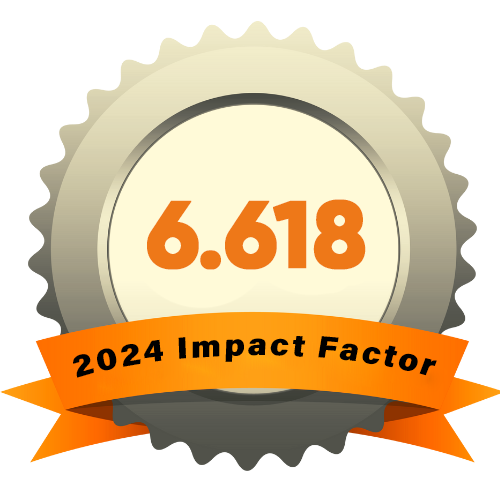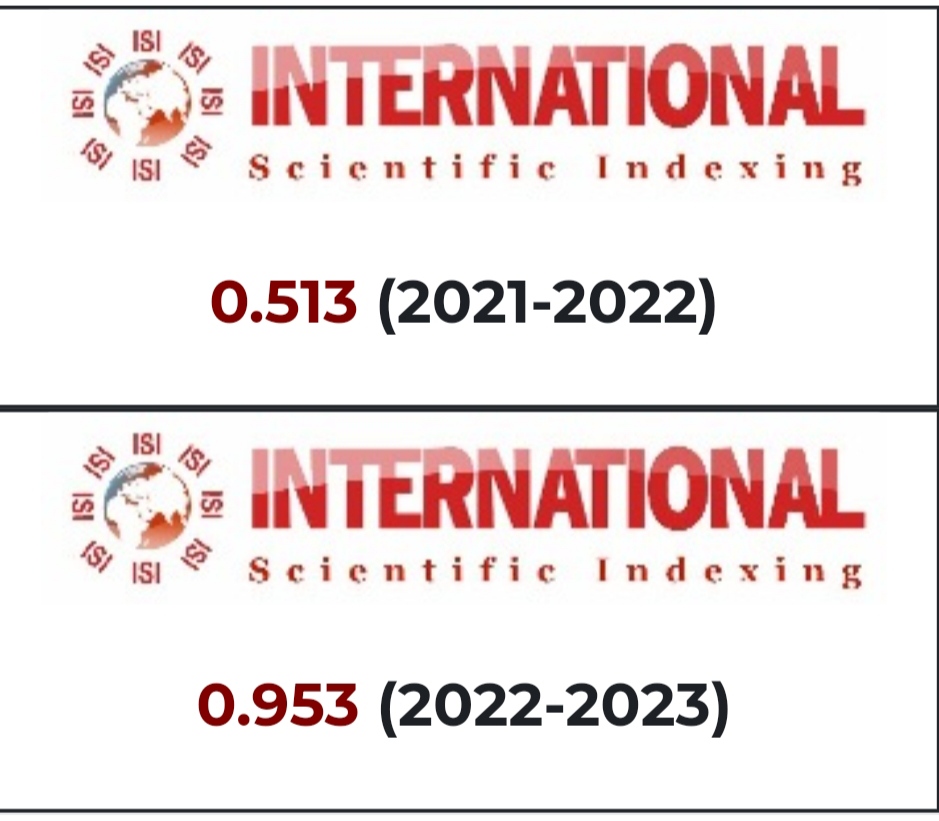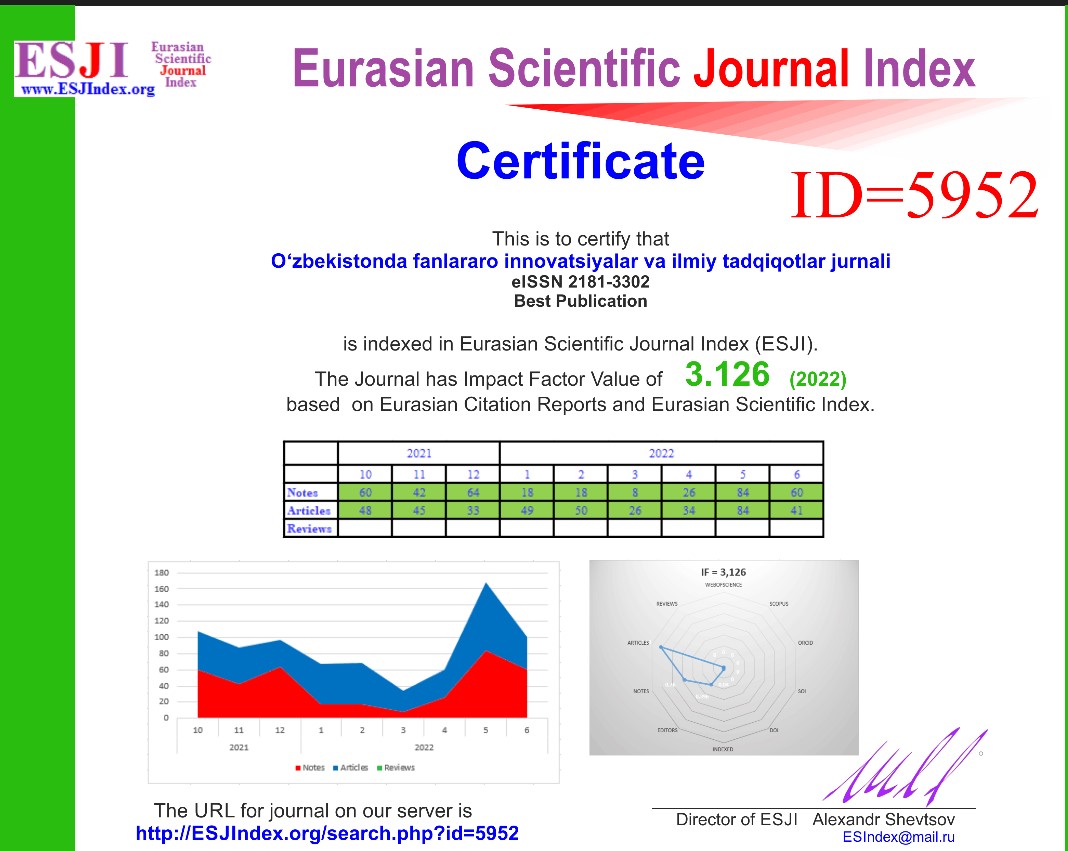THE TRANSFORMATIVE POWER OF MACHINE LEARNING: UNLOCKING THE POTENTIAL ACROSS INDUSTRIES
Keywords:
Machine learning, transformative power, industries, applications, benefits, challenges, ethical considerations, healthcare, finance and banking, transportation and logistics, retail and e-commerce, education, diagnosis and treatment, personalized medicine, drug discovery, fraud detection, algorithmic trading, risk management, customer relationship management, autonomous vehicles, route optimization, supply chain optimization, personalized recommendations, demand forecasting, inventory management, adaptive learning, data privacy, bias, responsible use, future advancements.Abstract
Machine learning has emerged as a transformative force across industries, revolutionizing processes and unlocking new possibilities. This article explores the applications, benefits, challenges, and ethical considerations associated with machine learning in healthcare, finance and banking, transportation and logistics, retail and e-commerce, and education. From improving diagnosis and treatment in healthcare to enhancing fraud detection and customer relationship management in finance, machine learning drives efficiency and decision-making capabilities. It also enables advancements in autonomous vehicles, personalized recommendations, and adaptive learning in transportation, retail, and education respectively. However, challenges such as data privacy, bias, and ethical implications require careful navigation. By embracing the transformative power of machine learning and addressing these challenges, industries can harness its potential and create a positive impact on society.
References
Chen, M., Mao, S., & Liu, Y. (2014). Big data: A survey. Mobile Networks and Applications, 19(2), 171-209.
Esteva, A., Kuprel, B., Novoa, R. A., Ko, J., Swetter, S. M., Blau, H. M., & Thrun, S. (2017). Dermatologist-level classification of skin cancer with deep neural networks. Nature, 542(7639), 115-118.
Jordan, M. I., & Mitchell, T. M. (2015). Machine learning: Trends, perspectives, and prospects. Science, 349(6245), 255-260.
Lee, S. I., Yoon, S., & Jeong, W. (2019). How artificial intelligence technology can empower healthcare. Journal of Health Informatics and Statistics, 44(1), 1-9.
Li, F., Jiang, W., & Zhang, C. (2017). An overview of image classification using deep learning. In 2017 6th International Conference on Computer Science and Network Technology (pp. 202-207). IEEE.
Lohr, S. (2018). The Age of A.I. Is Here: The New York Times.
Obermeyer, Z., Powers, B., Vogeli, C., & Mullainathan, S. (2019). Dissecting racial bias in an algorithm used to manage the health of populations. Science, 366(6464), 447-453.
Reddy, S., Prakash, A., Somanath, G., & Reddy, C. (2017). A comprehensive review on applications of machine learning techniques in the healthcare domain. International Journal of Computer Sciences and Engineering, 5(6), 255-259.
Silver, D., Huang, A., Maddison, C. J., Guez, A., Sifre, L., Van Den Driessche, G., ... & Hassabis, D. (2016). Mastering the game of Go with deep neural networks and tree search. Nature, 529(7587), 484-489.
Tomsett, R., Braines, D., & Robu, V. (2018). Machine learning for decision-making in cybersecurity: A review. ACM Computing Surveys (CSUR), 51(3), 53.
Topol, E. J. (2019). High-performance medicine: The convergence of human and artificial intelligence. Nature Medicine, 25(1), 44-56.
Warden, P. (2018). Google AI blog: Speech recognition and data centers: Google AI.











